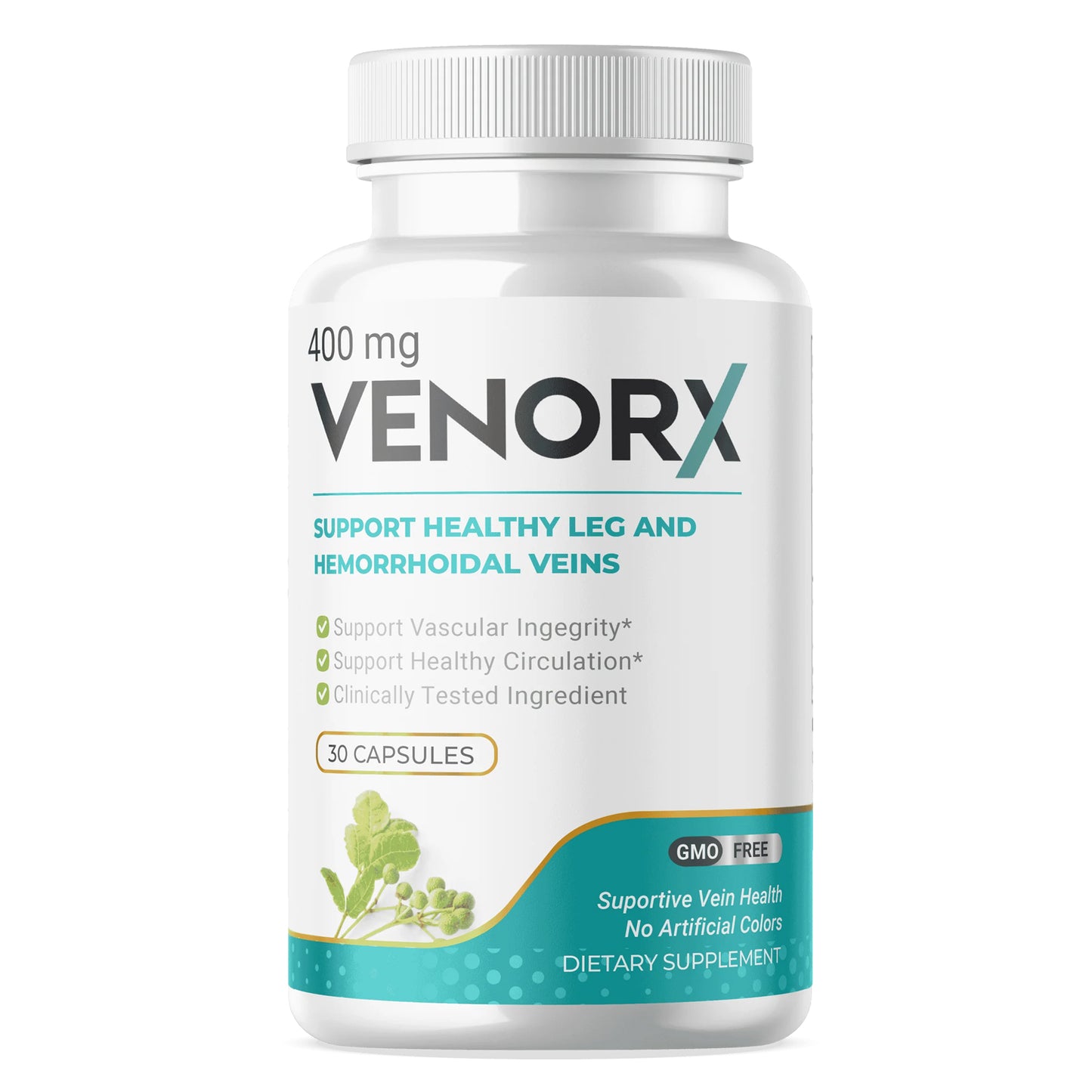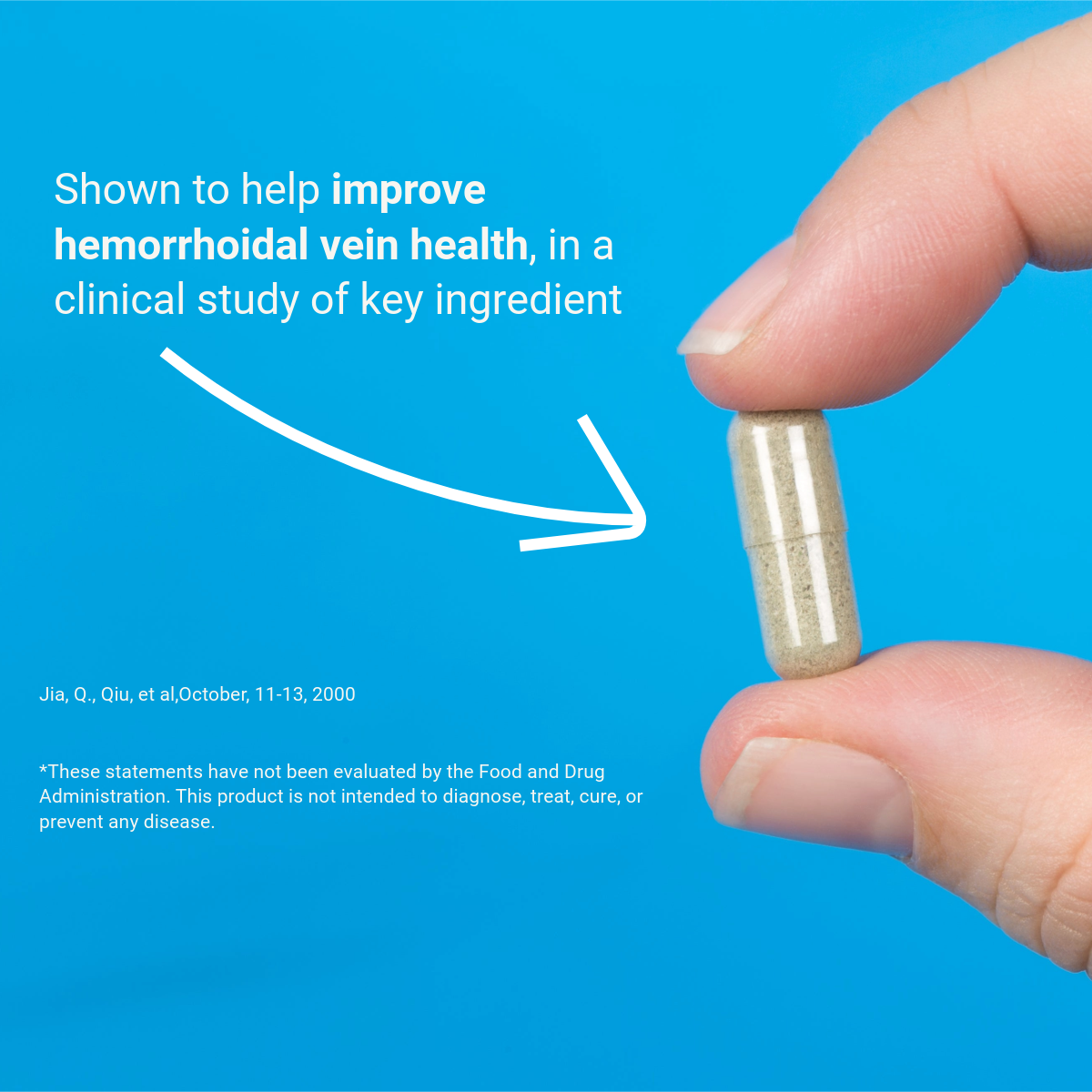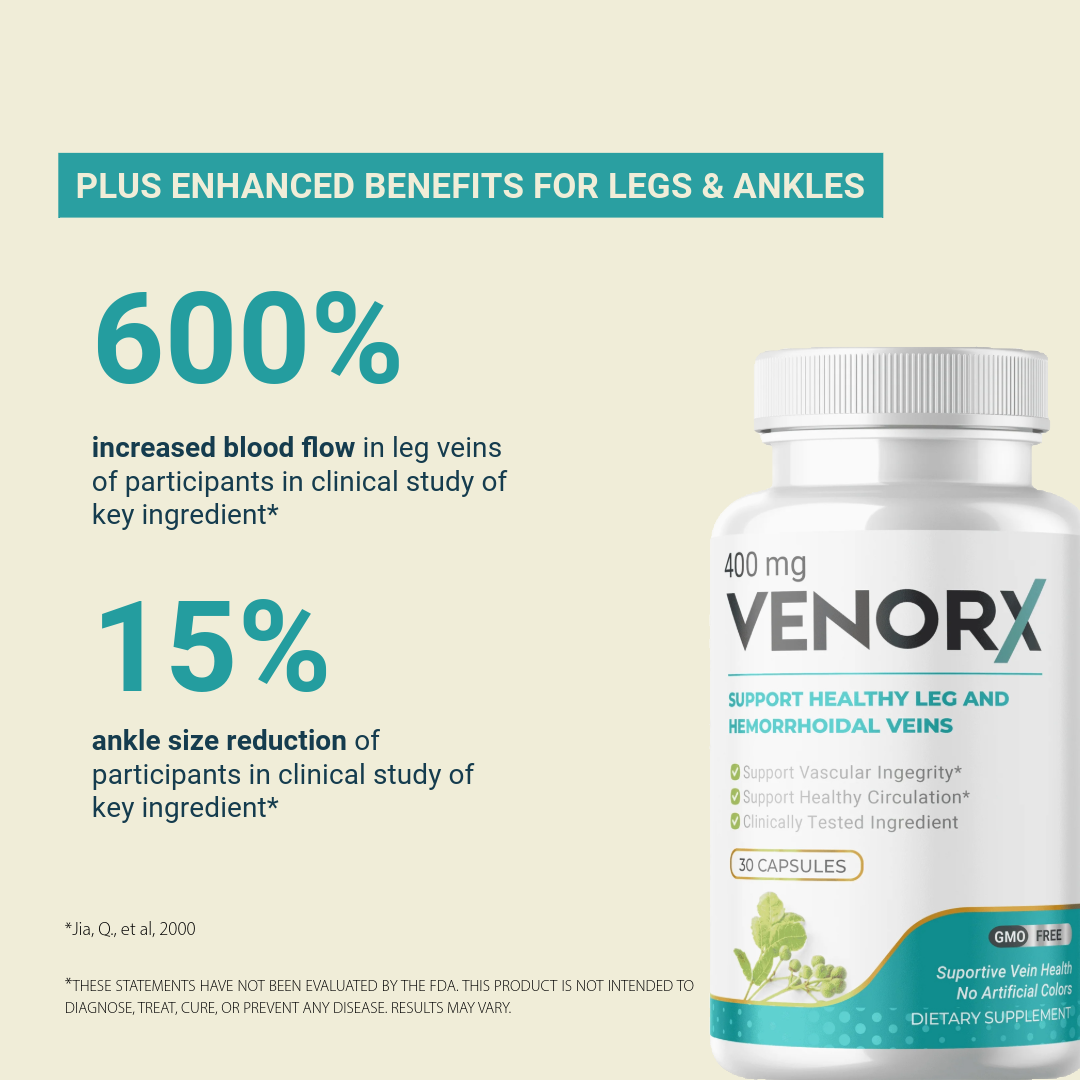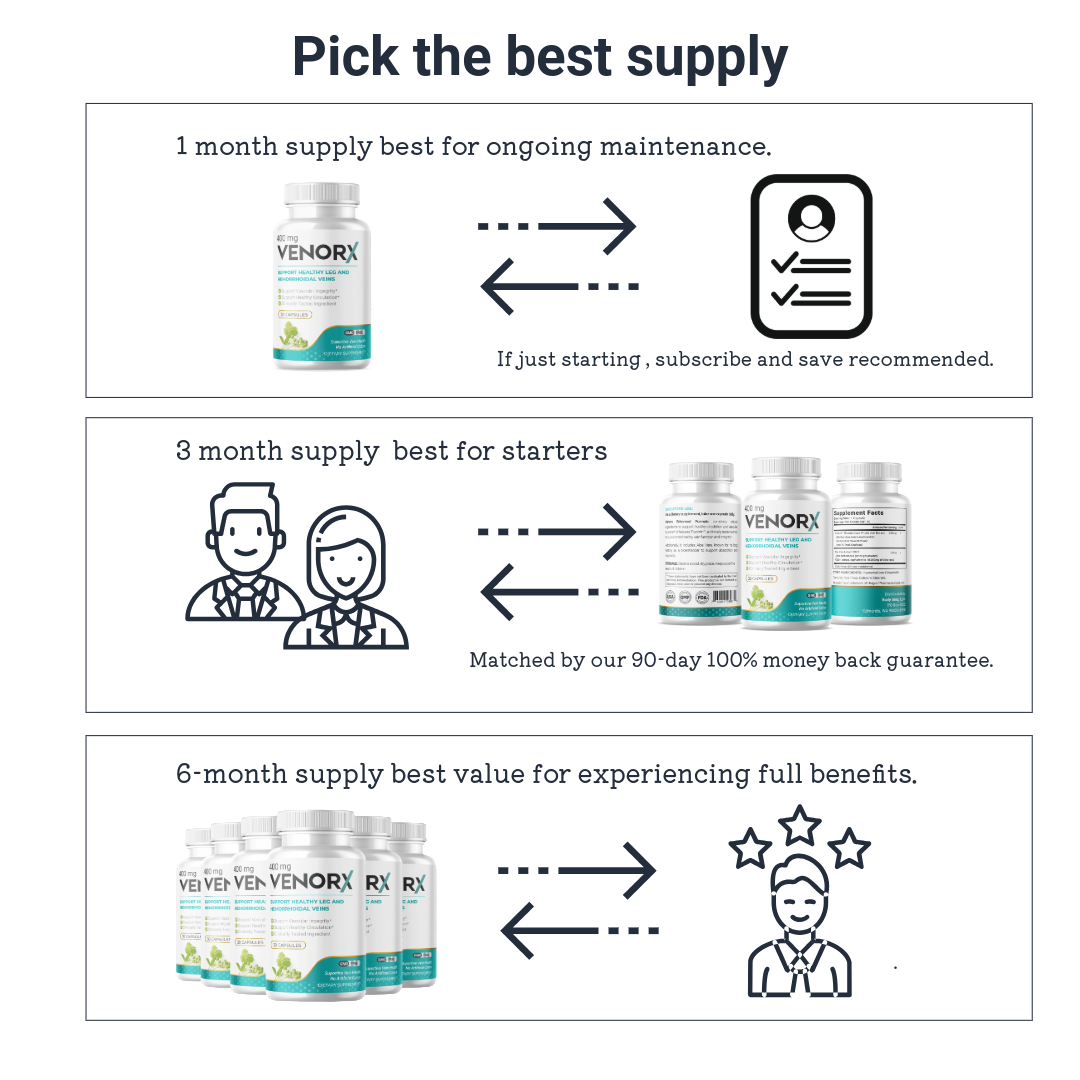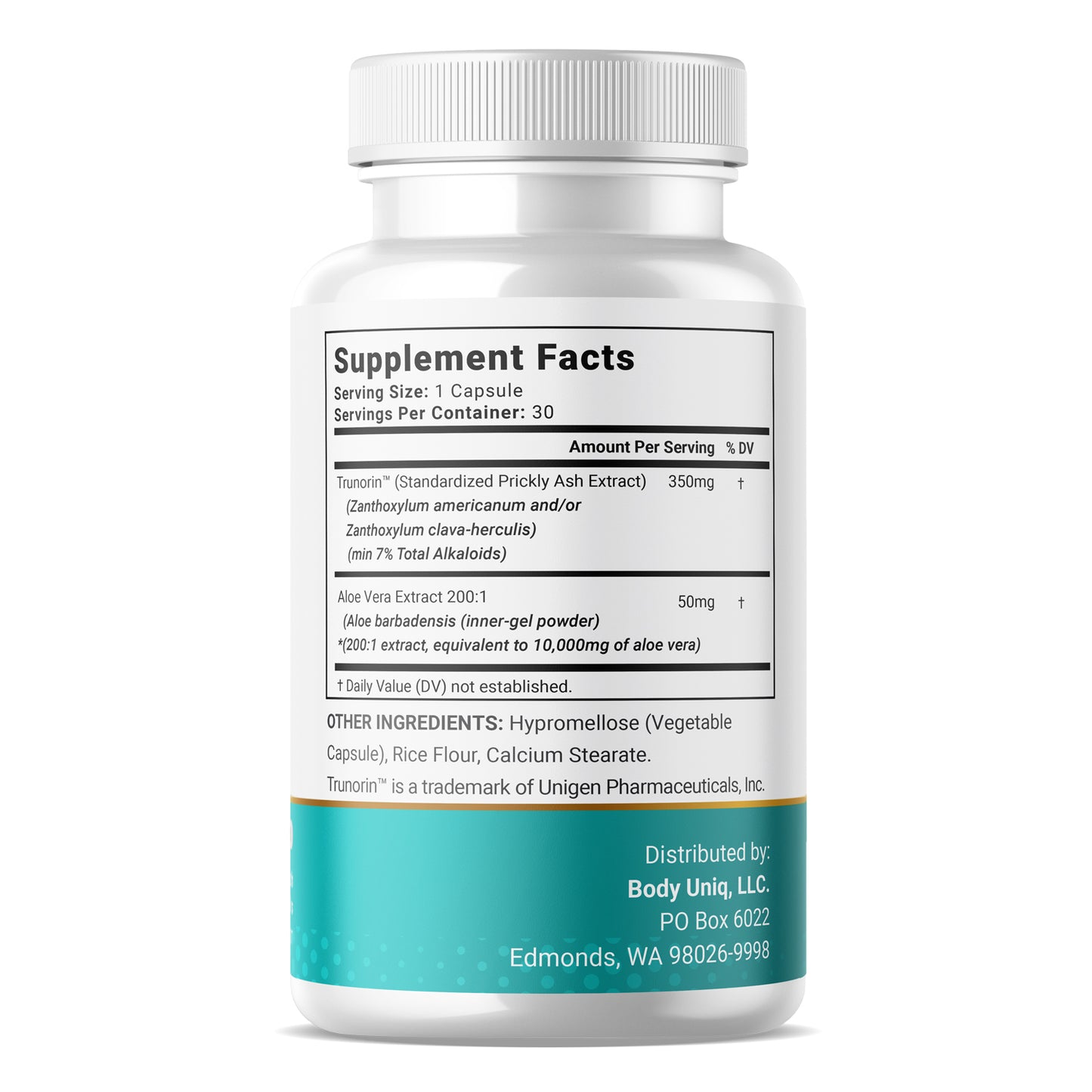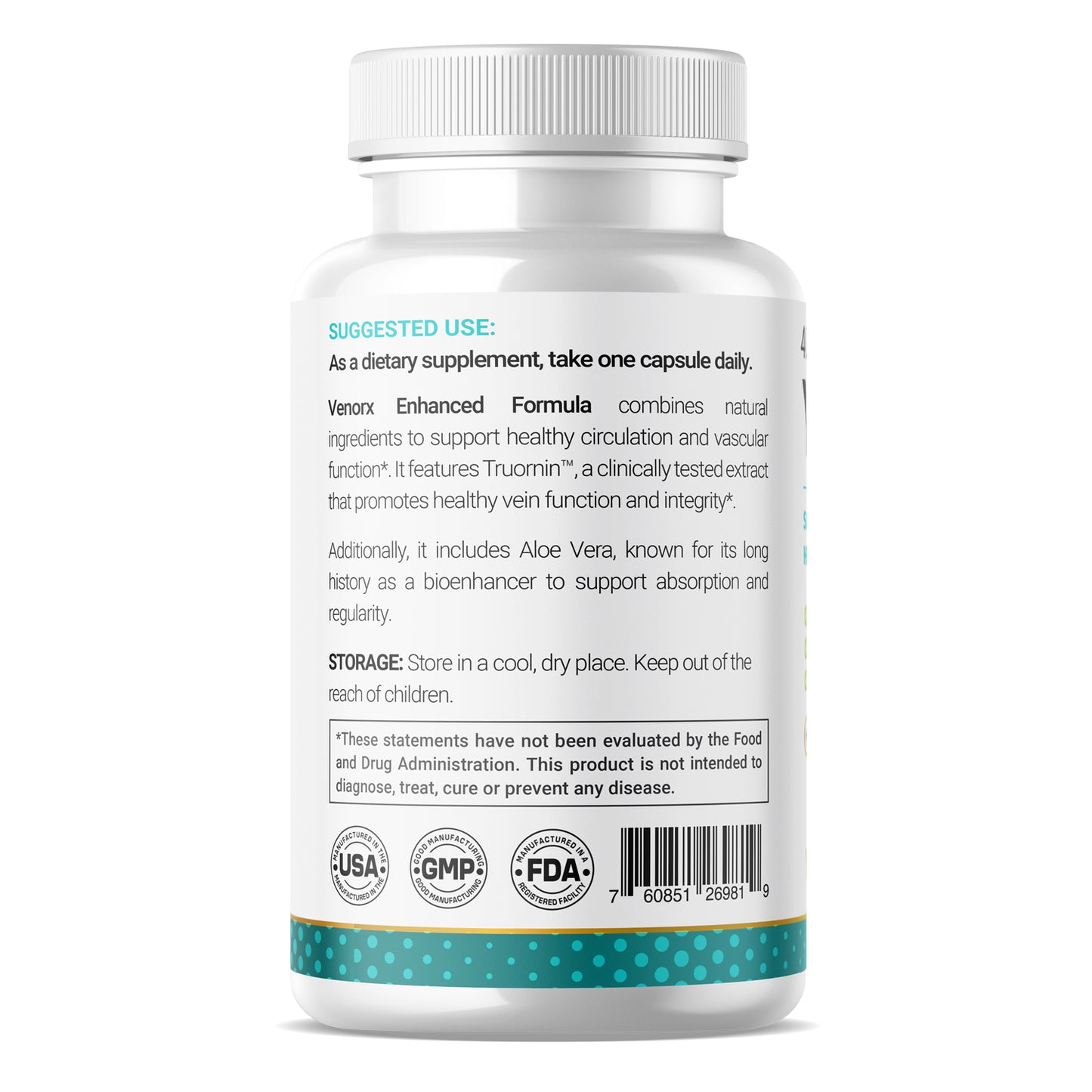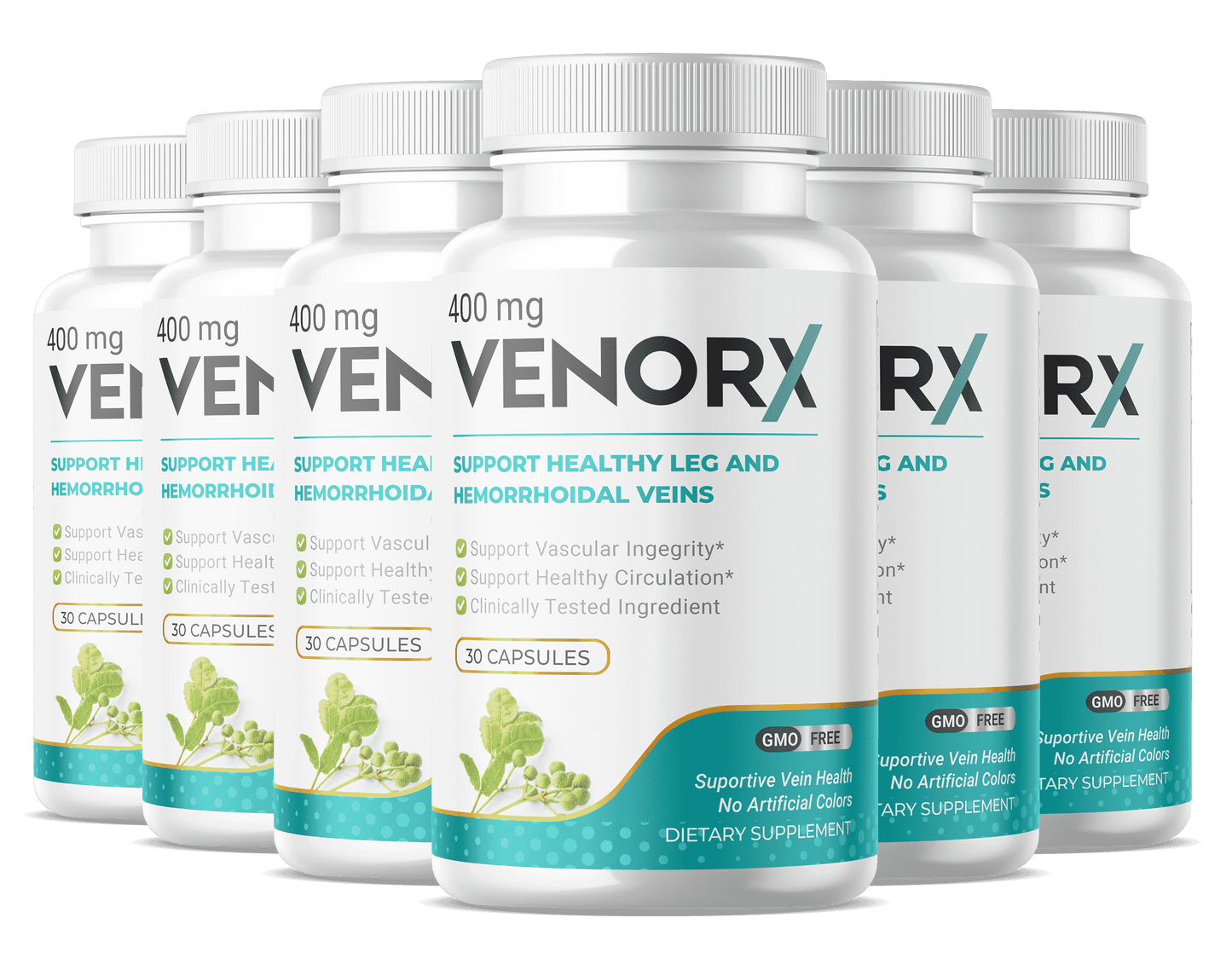
The Secret to Longevity & Vitality | Venorx
Share
The Flow of Life: Why Healthy Circulation is Nature's Longevity Secret
Imagine a vast, intricate network of rivers and streams flowing tirelessly through a landscape. This system delivers essential nutrients to every corner, removes waste, and ensures the entire ecosystem thrives. This is not a description of a remote wilderness; it's the reality of your body. Your circulatory system—comprising your heart, arteries, veins, and capillaries—is this life-sustaining network.
For centuries, seekers have searched for the fountain of youth. Yet, one of the most powerful longevity secrets may not be found in a remote spring, but in the efficient flow of blood throughout your own body. Emerging science continues to reveal a profound truth: the health of your vascular system is inextricably linked to your lifespan and "healthspan"—the quality of your years.
This isn't just about avoiding heart disease. It's about how a well-supported circulatory system can influence your energy, your cognitive sharpness, your physical vitality, and your body's ability to repair itself. In this deep dive, we will explore the science behind circulation and longevity, and provide you with actionable, natural strategies to support this fundamental pillar of health.
Section 1: The Anatomy of Longevity - More Than Just a Pump
To understand why circulation is so crucial for longevity, we must first appreciate its roles beyond simply moving blood.
1.1 The Delivery Service: Oxygen and Nutrients
Every single cell in your body requires a constant supply of oxygen and nutrients to produce energy (ATP) and perform its functions. Red blood cells are the cargo ships, and the circulatory system is the shipping lane. When this flow is robust, cells are nourished, energetic, and efficient. When circulation is sluggish, cells become starved, leading to fatigue, poor recovery, and cellular dysfunction—a key hallmark of aging.
1.2 The Waste Management System
Cellular metabolism creates waste products, like carbon dioxide and lactic acid. A healthy circulatory system efficiently carries these wastes away to be processed by the lungs, liver, and kidneys. Poor circulation allows metabolic trash to accumulate, creating a toxic internal environment that can damage cells and tissues over time, accelerating the aging process.
1.3 The Communication Network
Your blood is a medium for vital communication. It transports hormones—the body's chemical messengers—from glands to target organs. It also carries immune cells and signaling molecules to sites of injury or infection. Optimal circulation ensures that these messages are delivered promptly, keeping your hormonal and immune systems in sync, both of which are critical for long-term health.
1.4 The Repair Crew
Platelets and growth factors necessary for healing travel through the bloodstream. A strong circulatory system ensures that the body's repair crew can quickly reach any area in need, from a minor cut to micro-tears in muscle tissue after a workout. This efficient repair capability is fundamental to maintaining tissue integrity as we age.
Section 2: The Science of Flow - How Circulation Directly Impacts Aging
The link between vascular health and longevity is not just theoretical; it's backed by decades of scientific research.
Telomeres and Cellular Aging: Telomeres are the protective caps on the ends of our chromosomes, often compared to the plastic tips on shoelaces. Each time a cell divides, its telomeres shorten. When they become too short, the cell can no longer divide and becomes senescent (dormant) or dies. This process is a primary marker of biological aging. Studies have shown that factors associated with poor cardiovascular health, such as oxidative stress and inflammation, accelerate telomere shortening. Conversely, lifestyle choices that support circulation, like regular exercise, are associated with longer telomeres.
Nitric Oxide: The Master Signaling Molecule: Nitric Oxide (NO) is a gas produced by the endothelial cells that line our blood vessels. It's a potent vasodilator, meaning it signals the vessels to relax and widen, improving blood flow and lowering blood pressure. NO production naturally declines with age, a phenomenon sometimes referred to as "endothelial dysfunction." This decline is a significant contributor to age-related vascular issues. Supporting the body's natural NO production is therefore a key strategy in promoting healthy circulation and longevity. You can learn more about the importance of this molecule from reputable sources like the American Heart Association.
The Brain-Blood Connection: The brain is an incredibly metabolically active organ, consuming about 20% of the body's oxygen and nutrients. It is highly dependent on a rich blood supply. Research has firmly established that reduced cerebral blood flow is a contributor to cognitive decline and neurodegenerative diseases like Alzheimer's. Supporting healthy circulation is not just a heart-healthy strategy; it's a brain-healthy one.
Mitochondrial Health: Mitochondria are the power plants of our cells. They require a steady supply of oxygen and nutrients to generate energy. Efficient circulation ensures they get what they need. When blood flow is compromised, mitochondrial function suffers, leading to decreased energy production and increased oxidative stress—a key driver of aging.
Section 3: The Modern Assault on Circulation (And What to Do About It)
Our modern lifestyle poses unique challenges to our vascular system.
-
Sedentary Behavior: Sitting for prolonged periods is devastating for circulation. Muscle contractions in the legs act as a "second heart," helping to pump blood back up to the heart. When we are sedentary, this pump fails, leading to pooling blood in the lower extremities.
The Antidote: Move frequently. Set a timer to stand and walk for 2-3 minutes every hour. Consider a standing desk. -
Chronic Stress: When stressed, the body releases hormones like cortisol and adrenaline, which constrict blood vessels and raise blood pressure—a useful short-term "fight or flight" response, but damaging when chronic.
The Antidote: Practice daily stress-management techniques. This could be meditation, deep breathing exercises, spending time in nature, or a hobby you enjoy. -
The Standard American Diet (SAD): Diets high in processed foods, sugar, and unhealthy fats (trans and saturated fats) promote inflammation, oxidative stress, and the buildup of arterial plaque.
The Antidote: Embrace an anti-inflammatory, whole-foods diet rich in plants, fiber, and healthy fats. -
Dehydration: Blood is primarily water. When you're dehydrated, your blood becomes thicker and more viscous, making it harder for your heart to pump and slowing down circulation.
The Antidote: Sip water consistently throughout the day. Don't wait until you feel thirsty.
Section 4: Nature's Blueprint: Actionable Strategies to Support Lifelong Circulation
Supporting your circulatory system is a multi-faceted endeavor. Here are the most powerful, evidence-based strategies.
4.1 Circulation-Supporting Nutrition
You truly are what you eat, especially when it comes to your blood vessels.
-
Nitrate-Rich Foods: Your body converts dietary nitrates into Nitric Oxide. Load up on:
- Leafy Greens: Spinach, arugula, kale, and Swiss chard.
- Beets: Beetroot juice has been shown in numerous studies to support blood pressure and exercise performance.
- Celery & Cabbage.
-
Flavonoid Powerhouses: These plant compounds are potent antioxidants and anti-inflammatories.
- Berries: Blueberries, strawberries, and raspberries.
- Dark Chocolate: (70% cocoa or higher).
- Citrus Fruits.
- Green Tea: A great source of catechins.
- Omega-3 Fatty Acids: Found in fatty fish (salmon, mackerel, sardines), walnuts, and flaxseeds, Omega-3s help reduce inflammation and make red blood cells more flexible.
For more detailed dietary guidance, the Harvard T.H. Chan School of Public Health Nutrition Source is an excellent resource.
4.2 The Movement Prescription
Exercise is the single most effective way to train your circulatory system.
- Cardiovascular (Aerobic) Exercise: Activities like brisk walking, jogging, cycling, and swimming force your heart and lungs to work harder, strengthening the heart muscle and improving the efficiency of your entire system. Aim for at least 150 minutes of moderate-intensity exercise per week.
- Strength Training: Building muscle mass improves metabolic health and also acts as a secondary pump for blood. Don't neglect resistance training.
- Yoga and Mobility Work: Practices like yoga improve flexibility and can support healthy blood pressure. The focus on deep breathing also helps manage stress.
Ready to Support Your Body's Natural Flow?
While lifestyle is the foundation, targeted nutritional support can help you maintain optimal circulatory health as part of a healthy routine. Discover how Venorx is designed to complement your wellness journey.
Explore Venorx FormulaConclusion: Your Longevity is in Your Flow
The secret to a long, vibrant life is not a single pill or a hidden secret. It is the daily practice of supporting the fundamental systems that keep you alive and thriving. Your circulatory system is the river of your life. By nourishing it with the right foods, strengthening it with consistent movement, and protecting it from the stresses of modern life, you are making a direct investment in your longevity.
It's about more than just adding years to your life; it's about adding life to your years—more energy, a sharper mind, and the physical vitality to enjoy every moment. Start supporting your flow today.
What's one step you'll take this week to support your circulation? Share your goal in the comments below!


